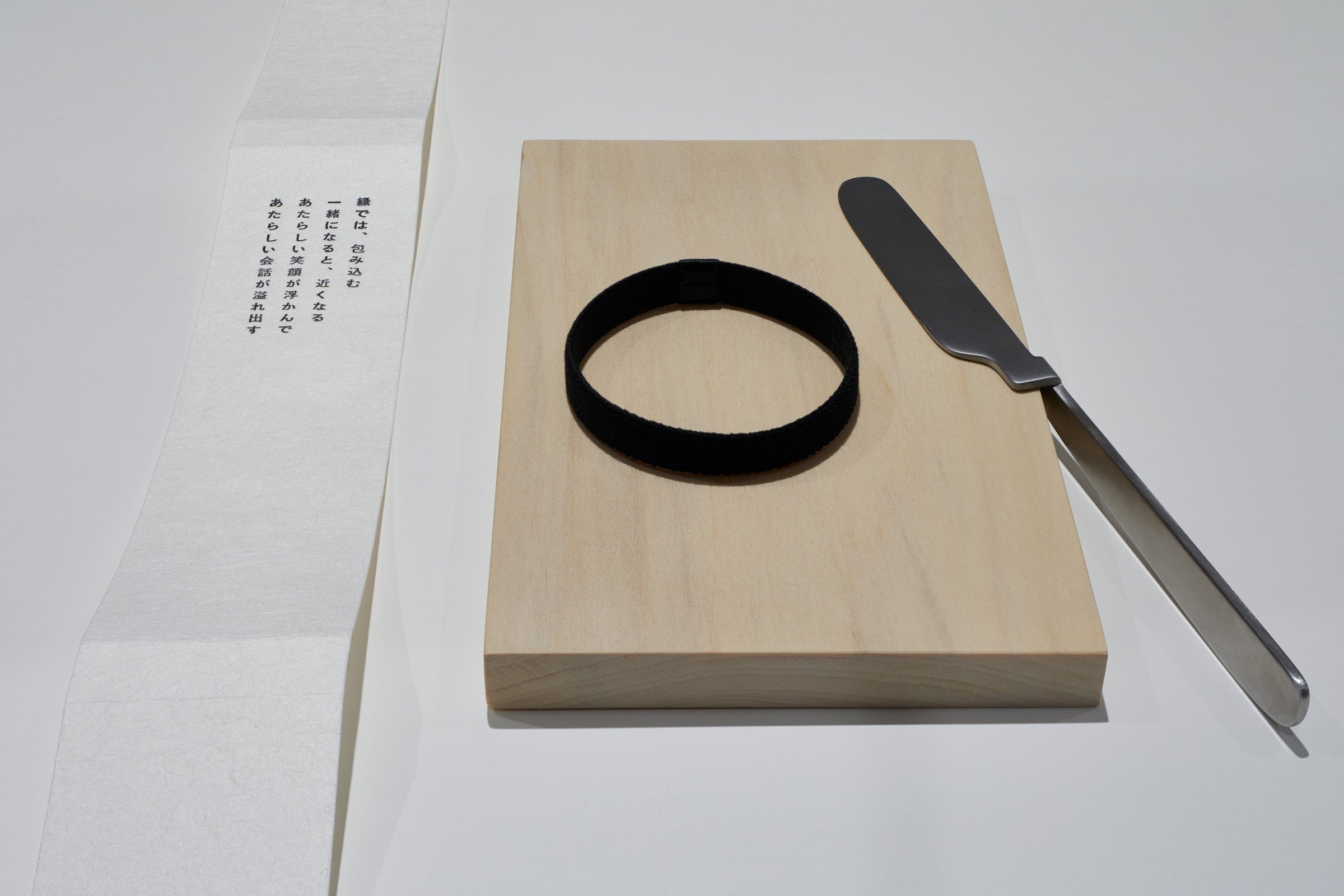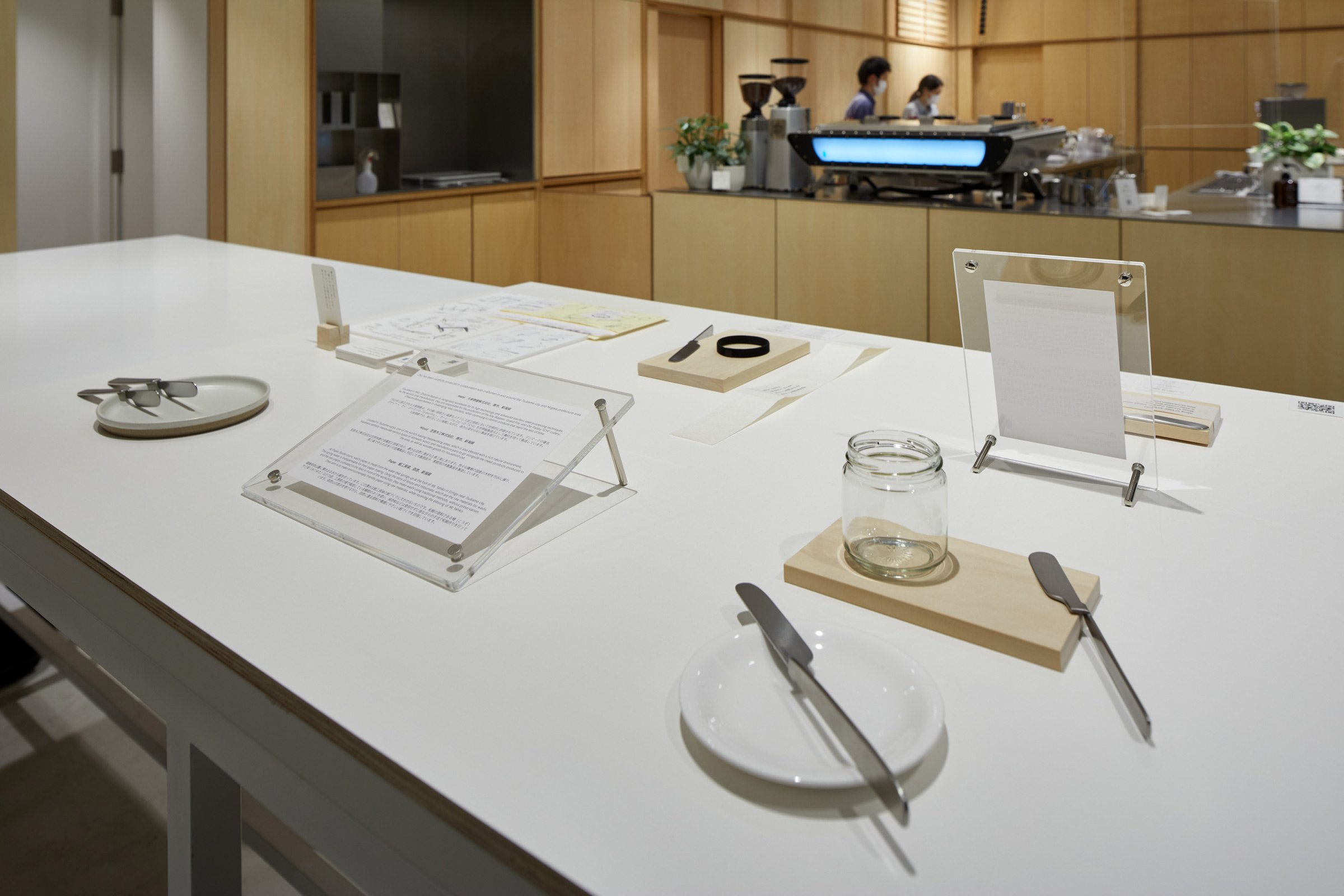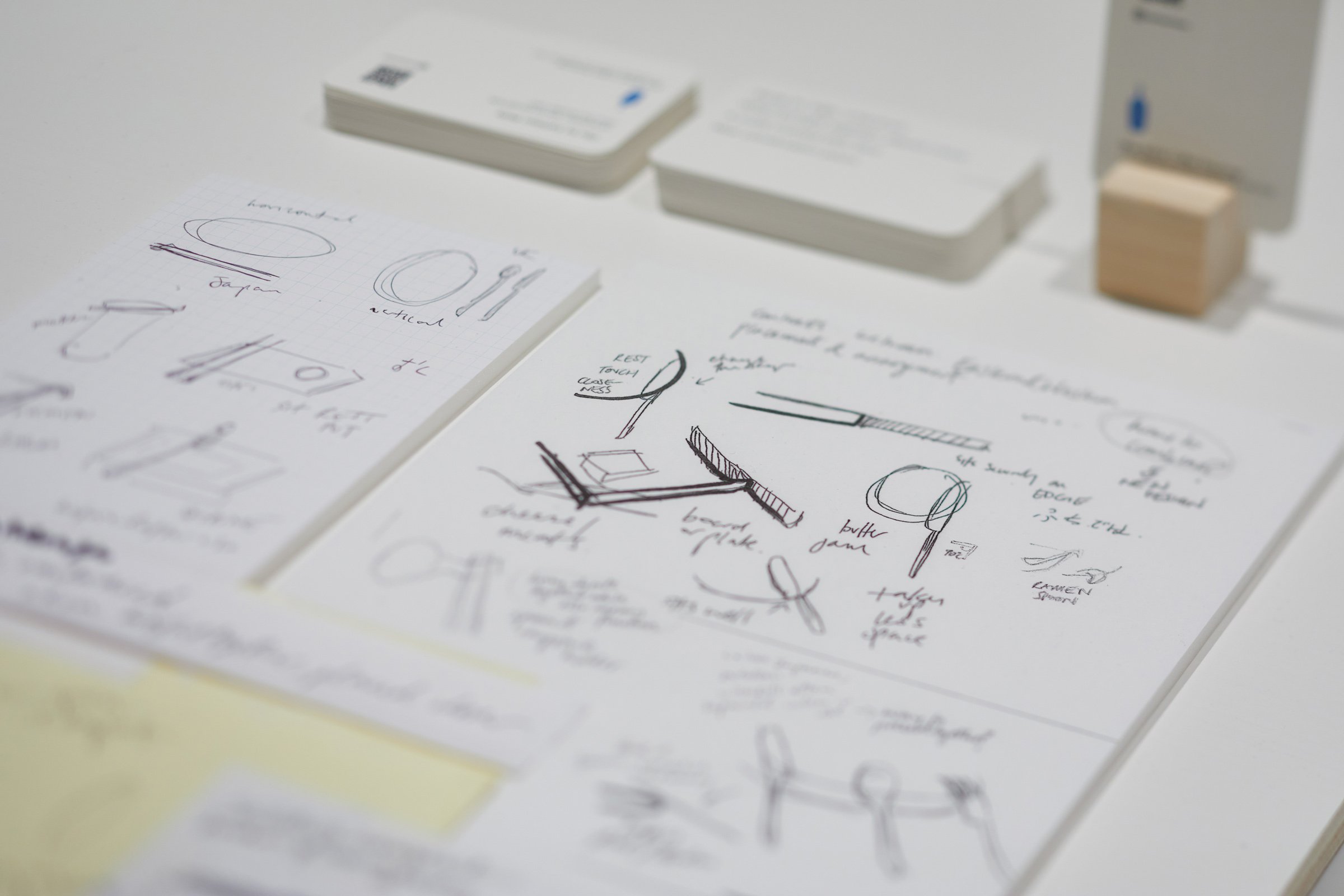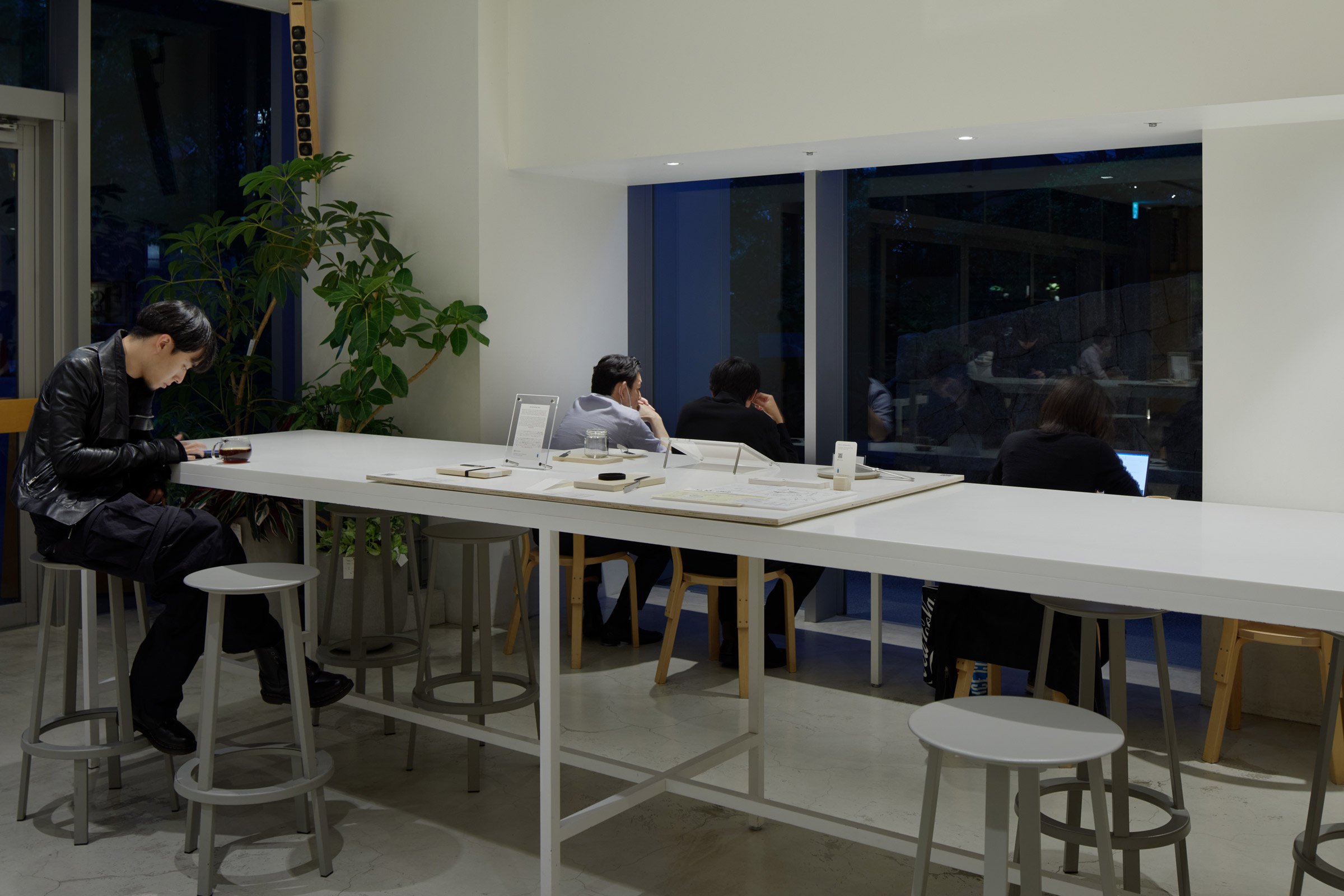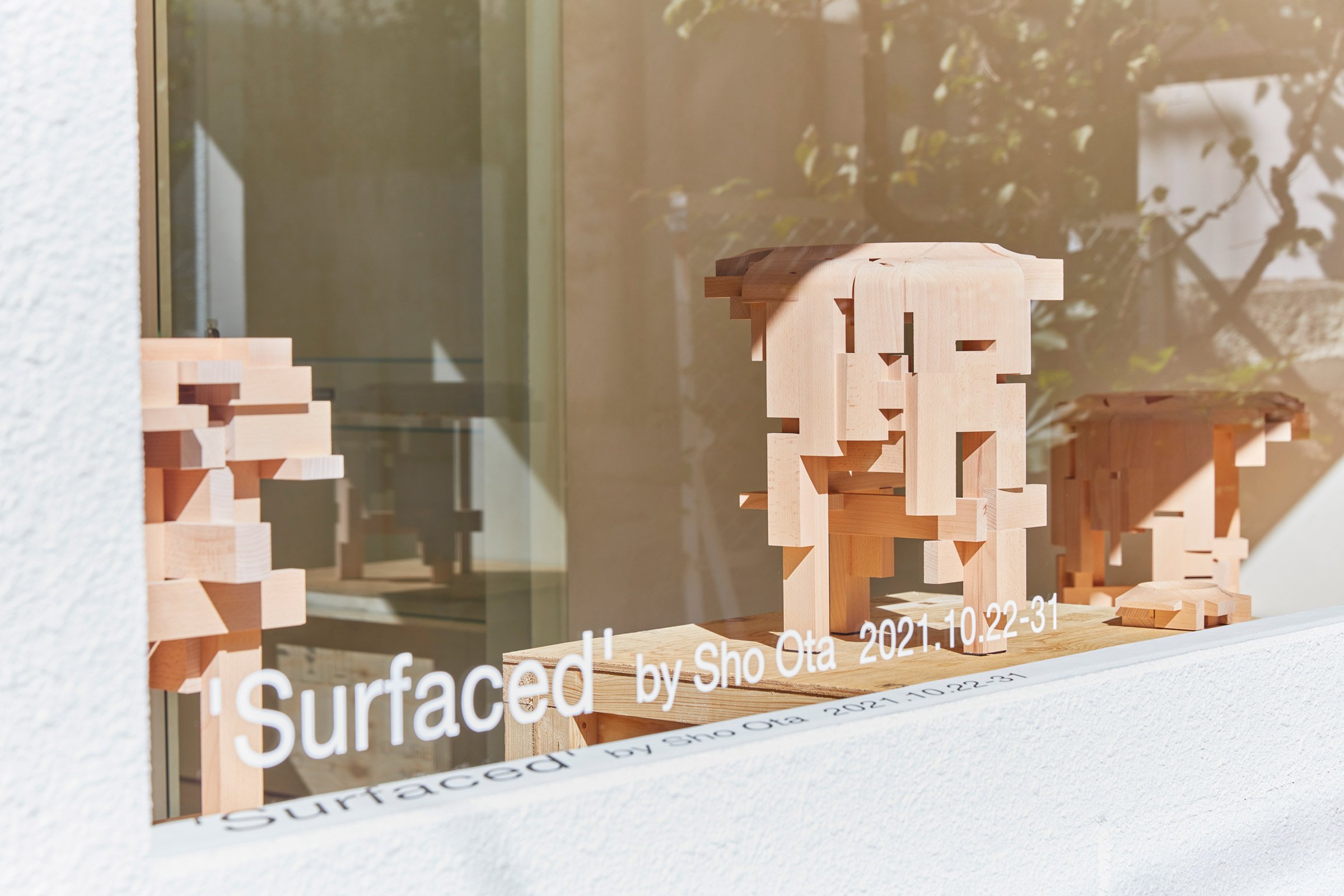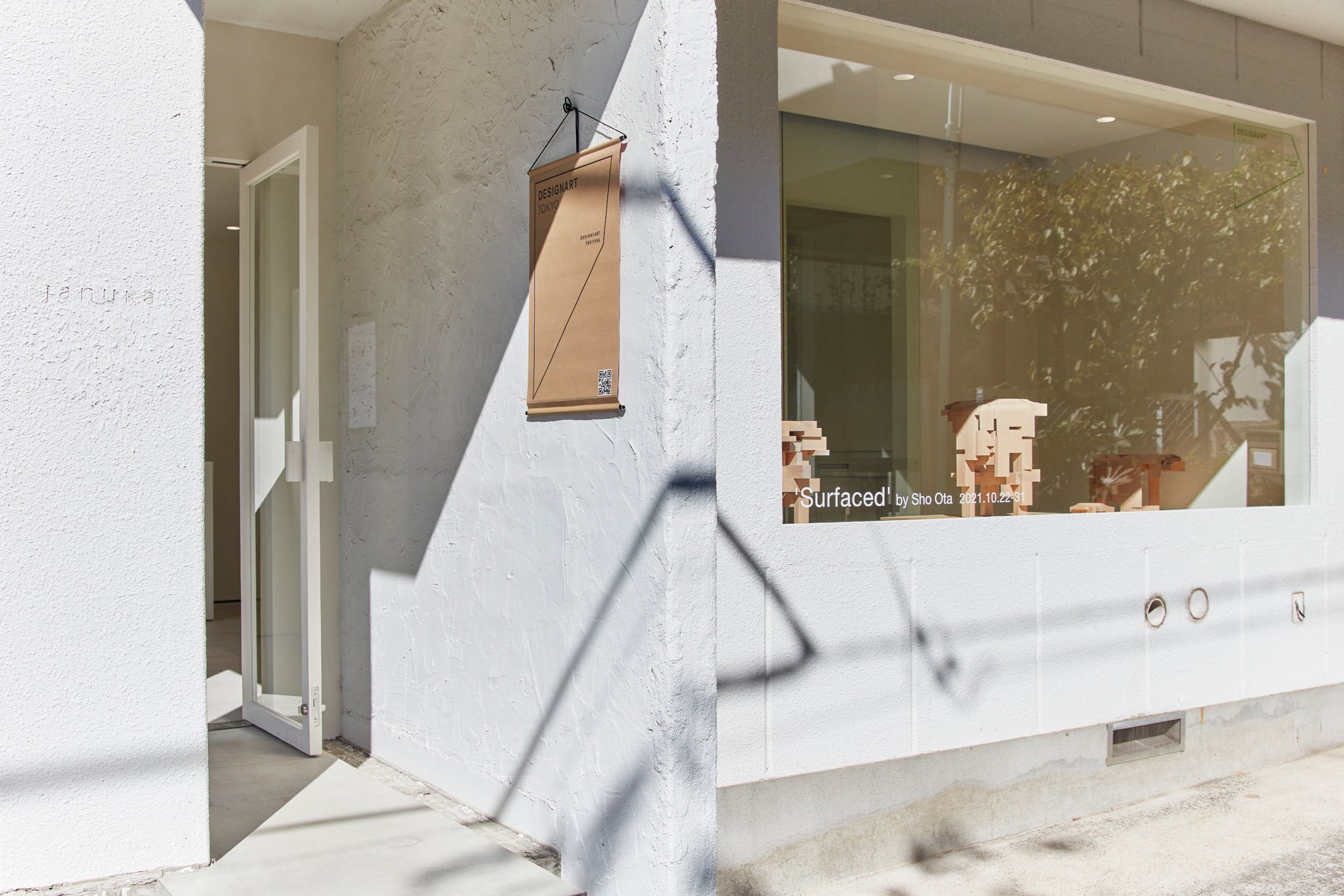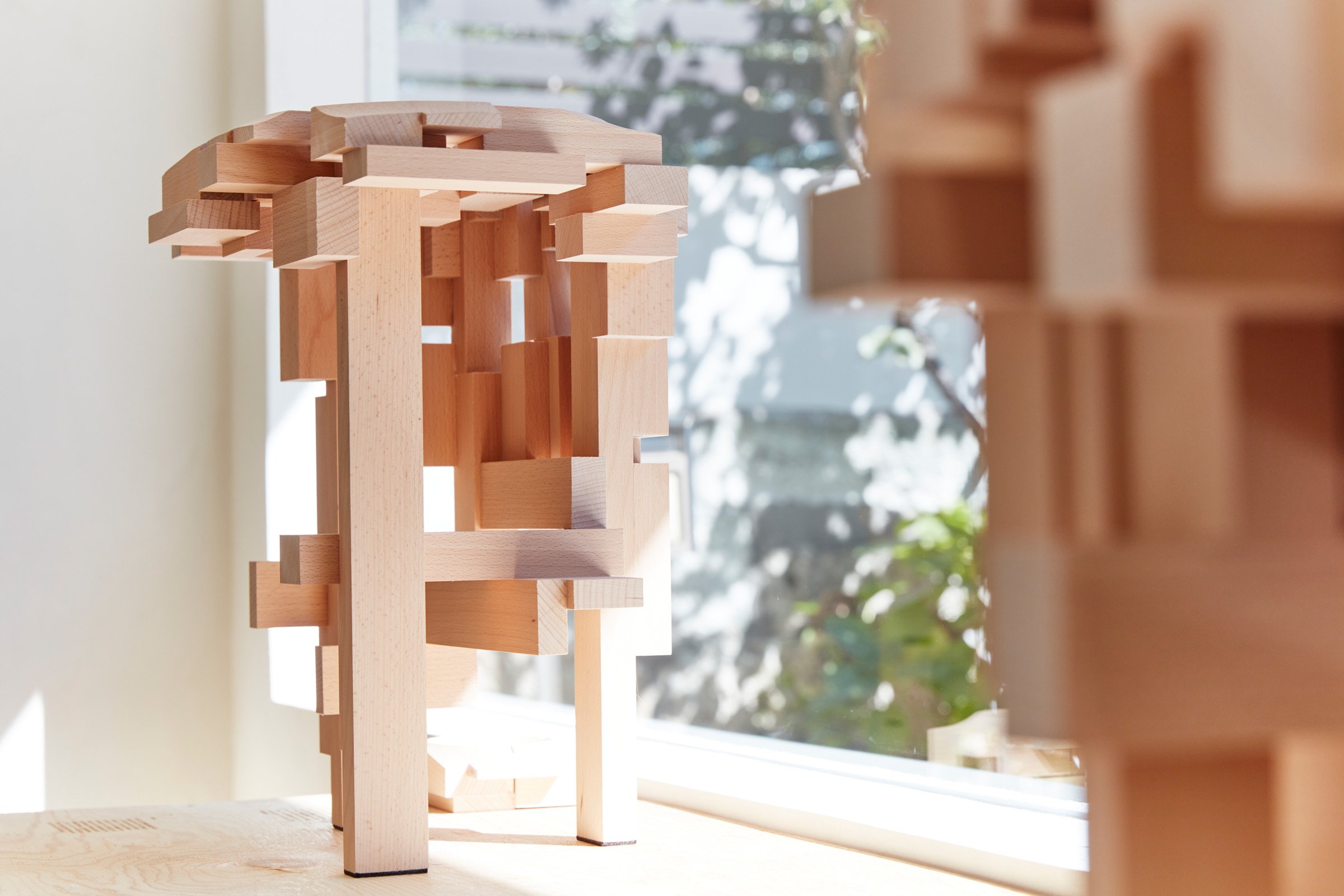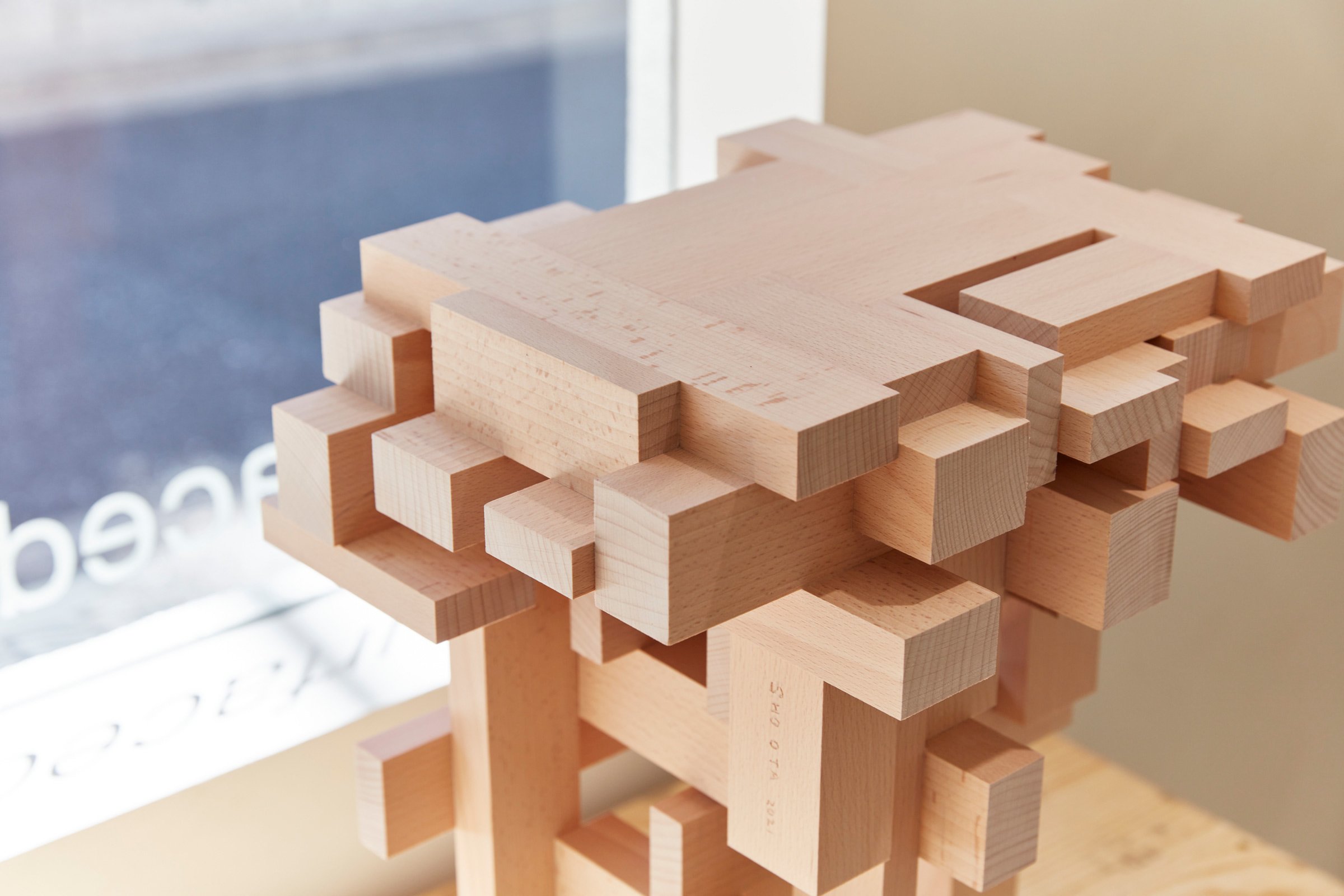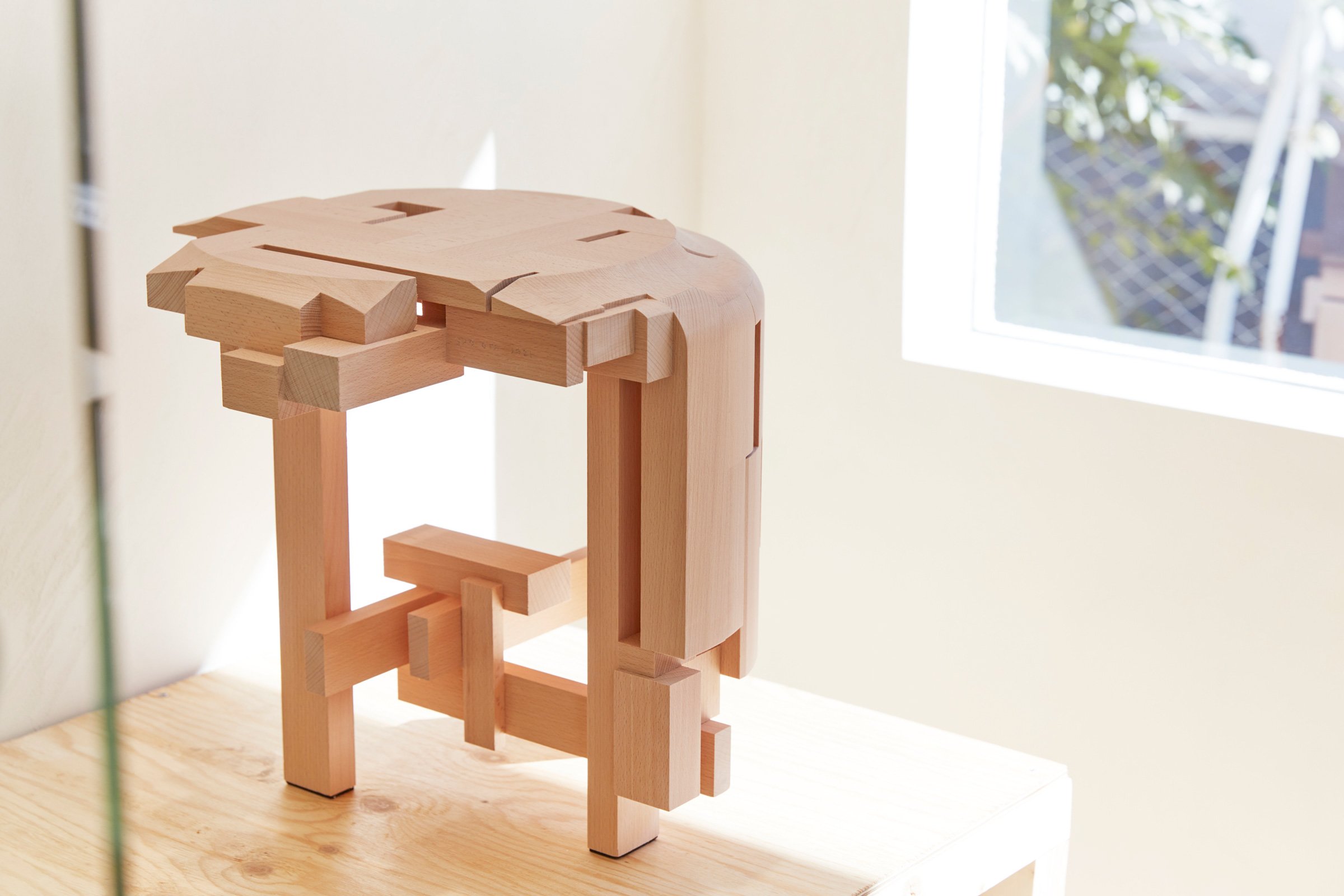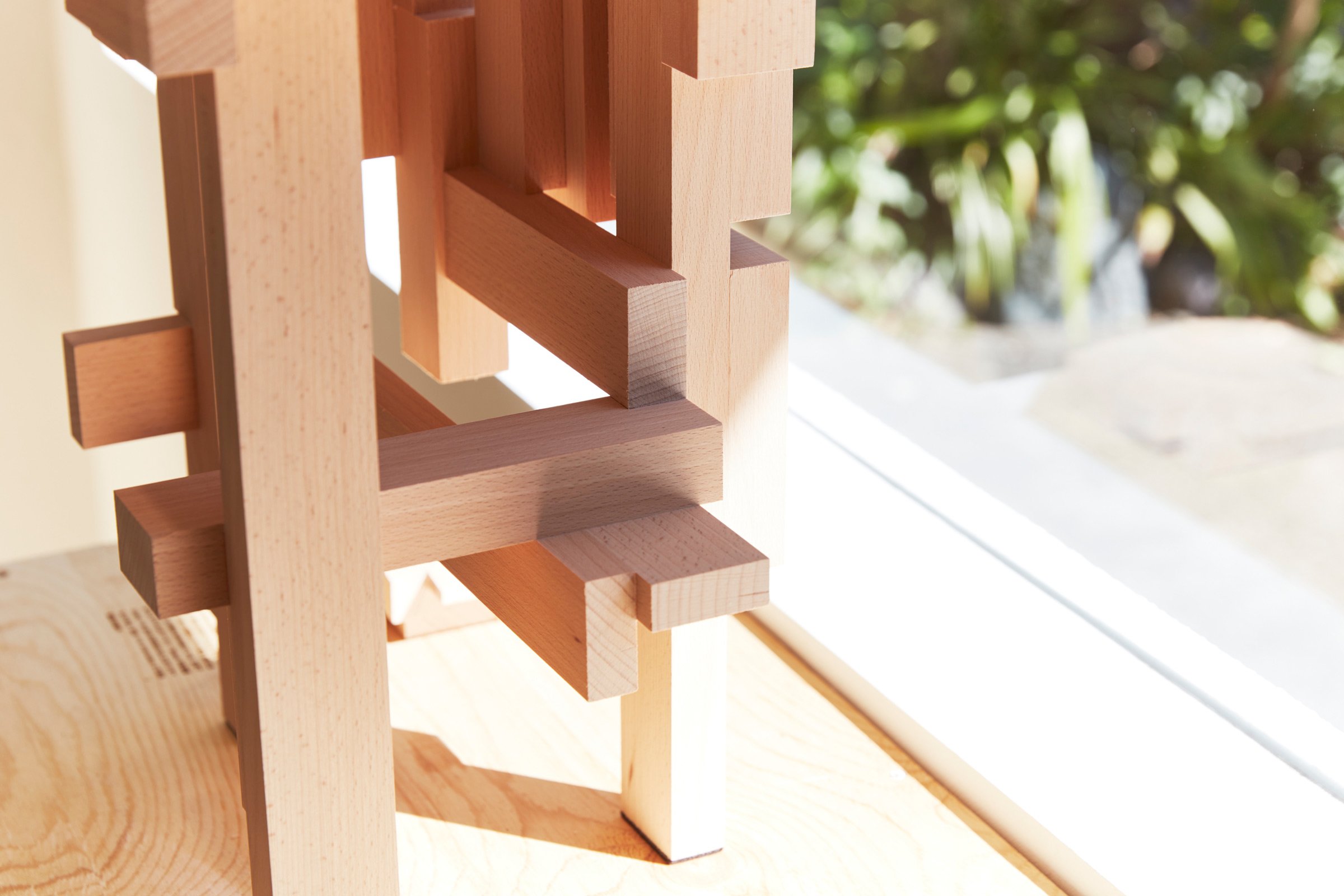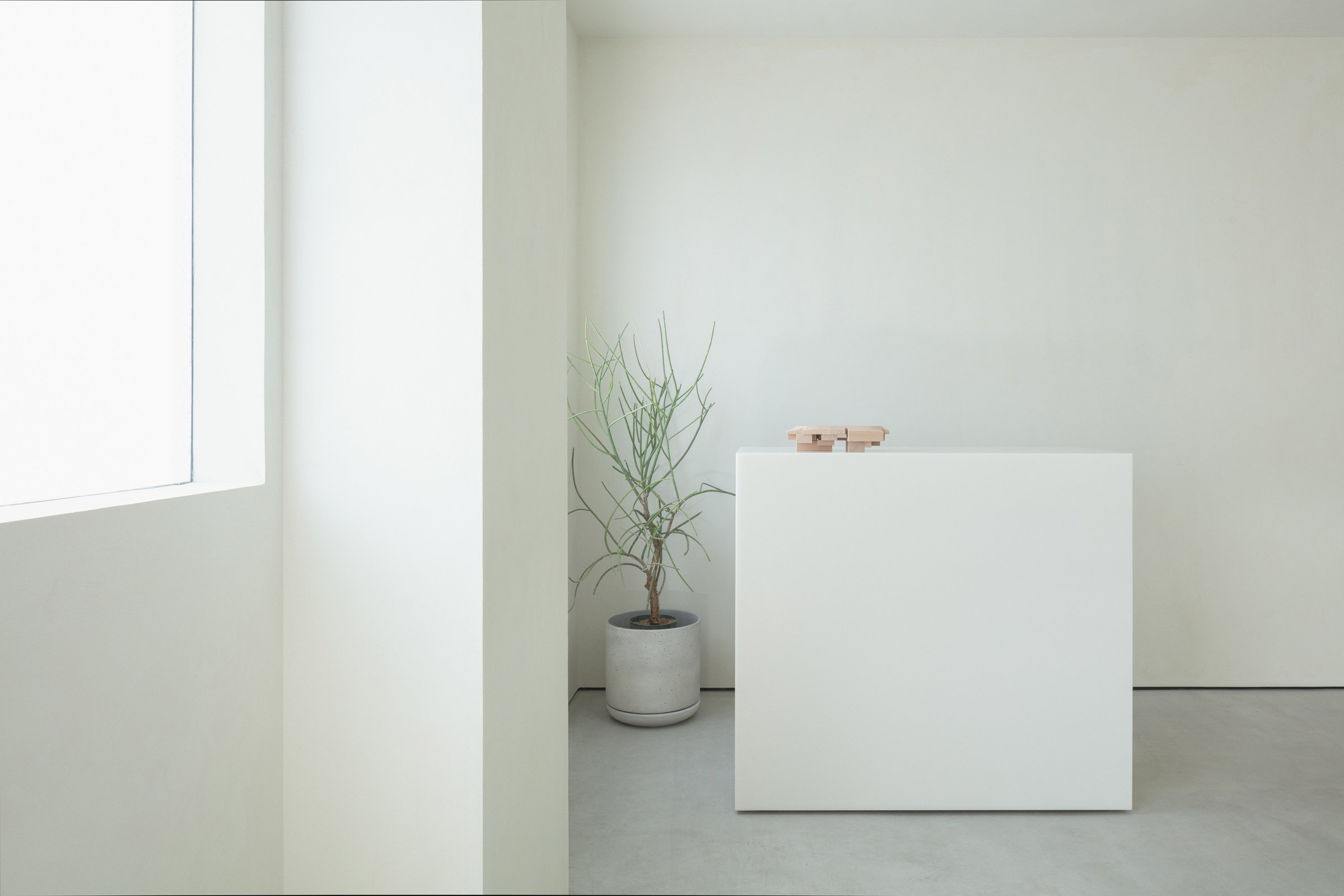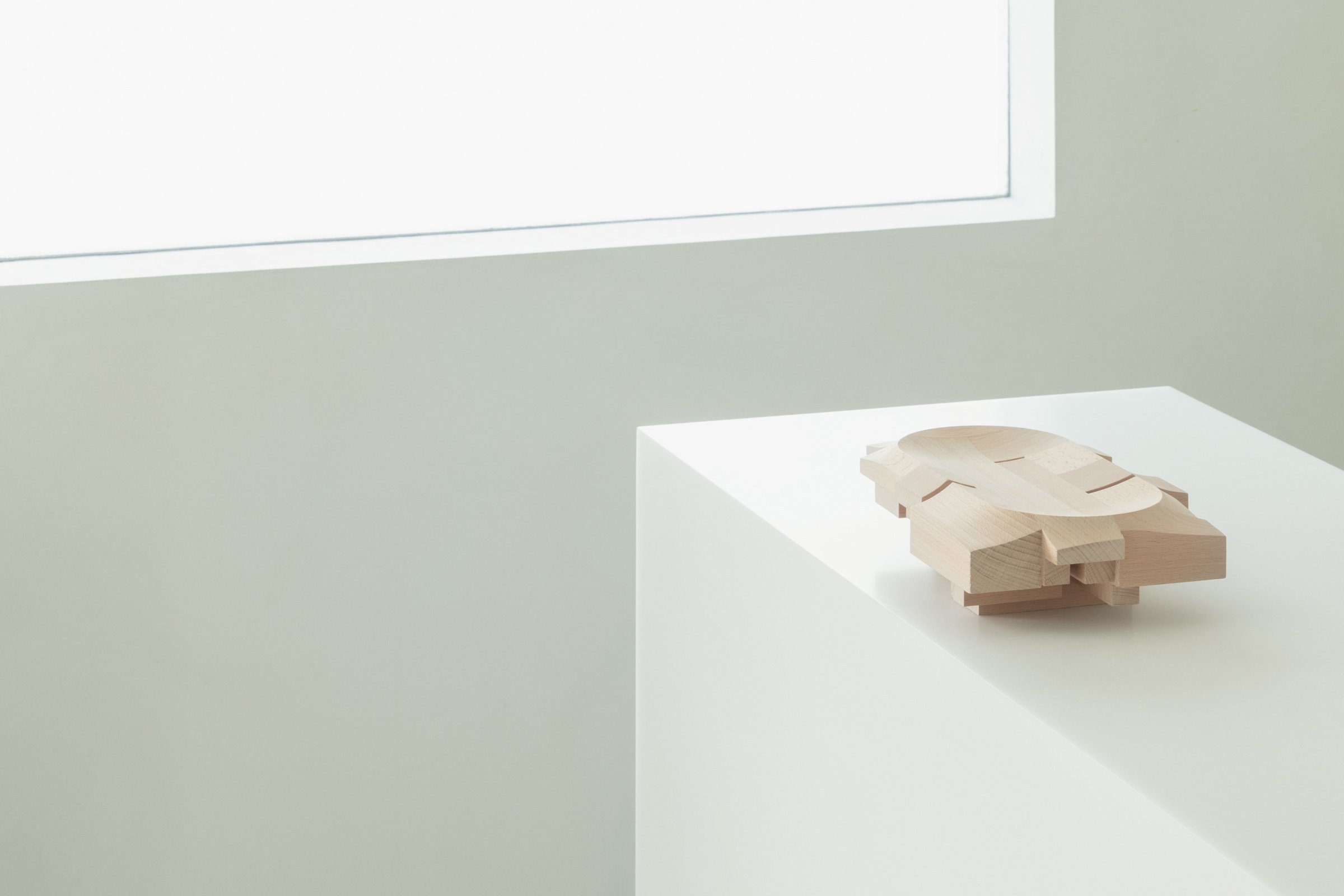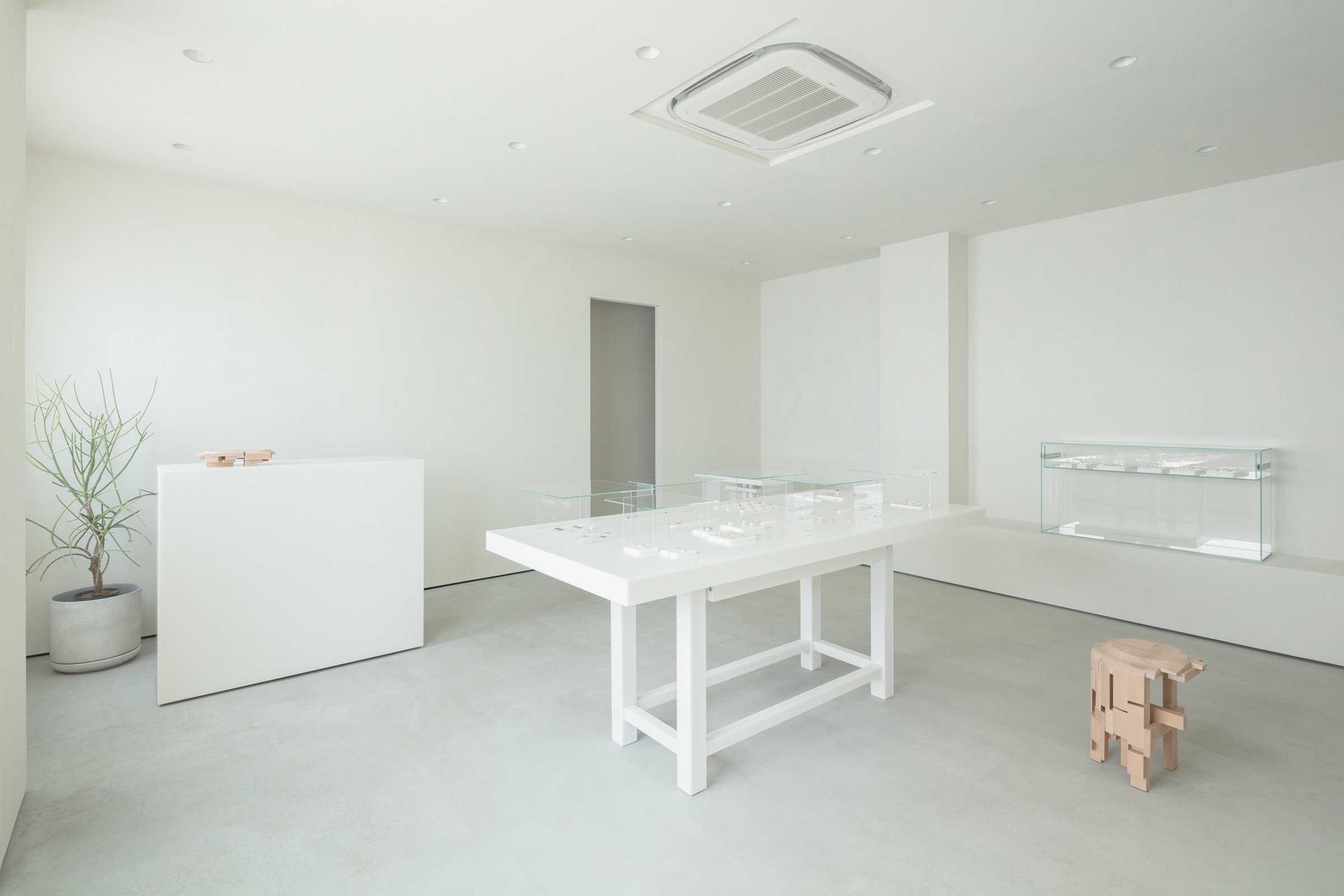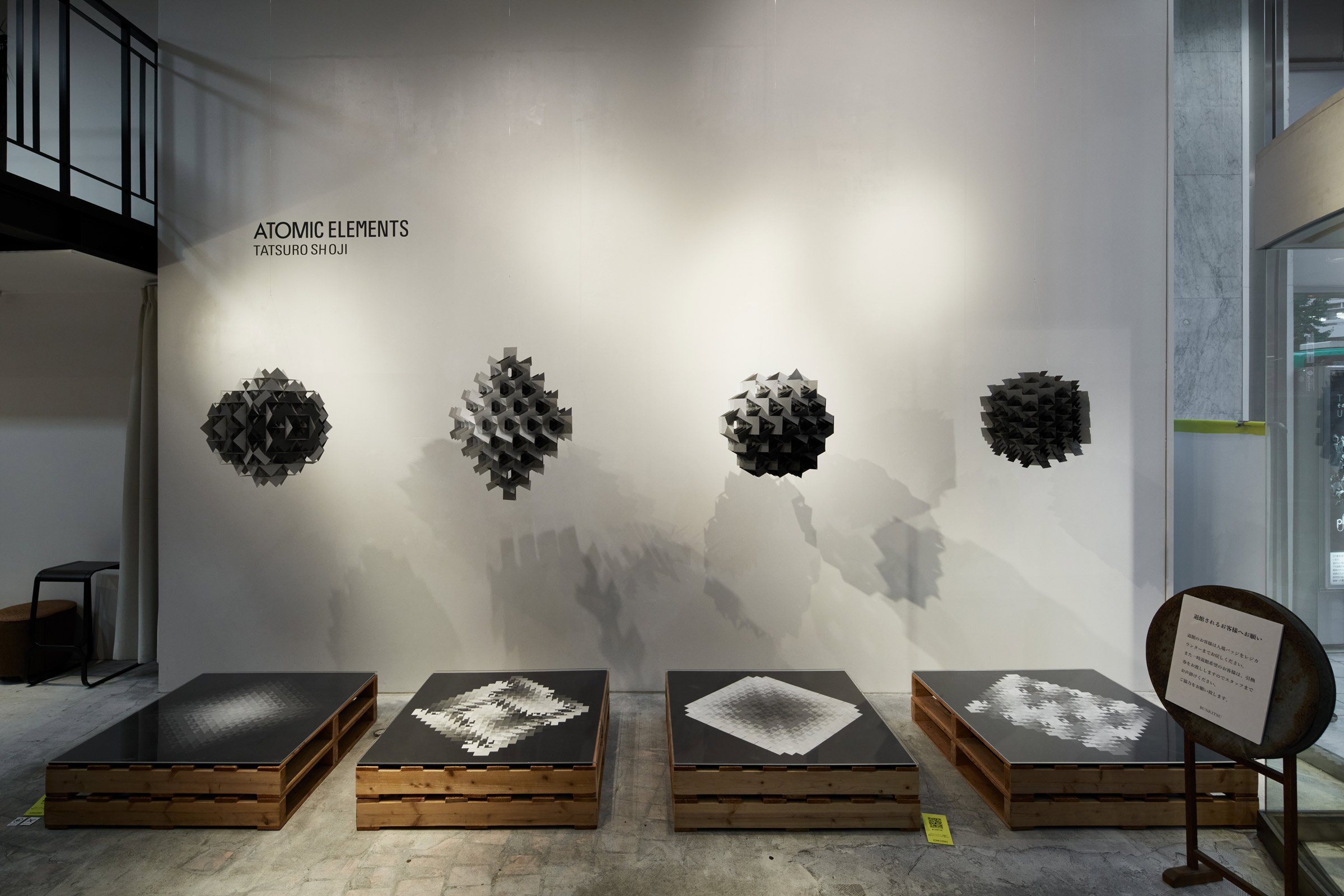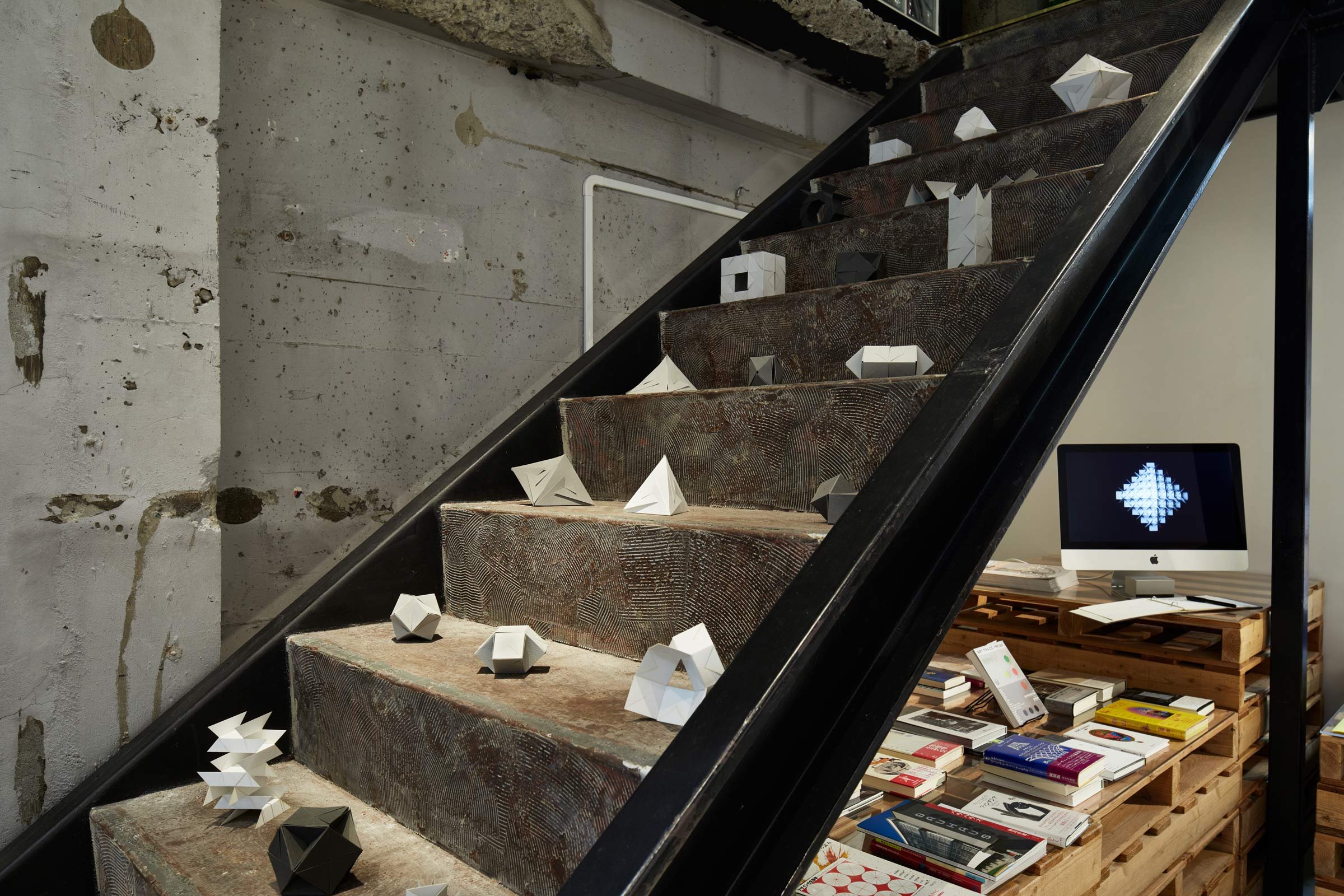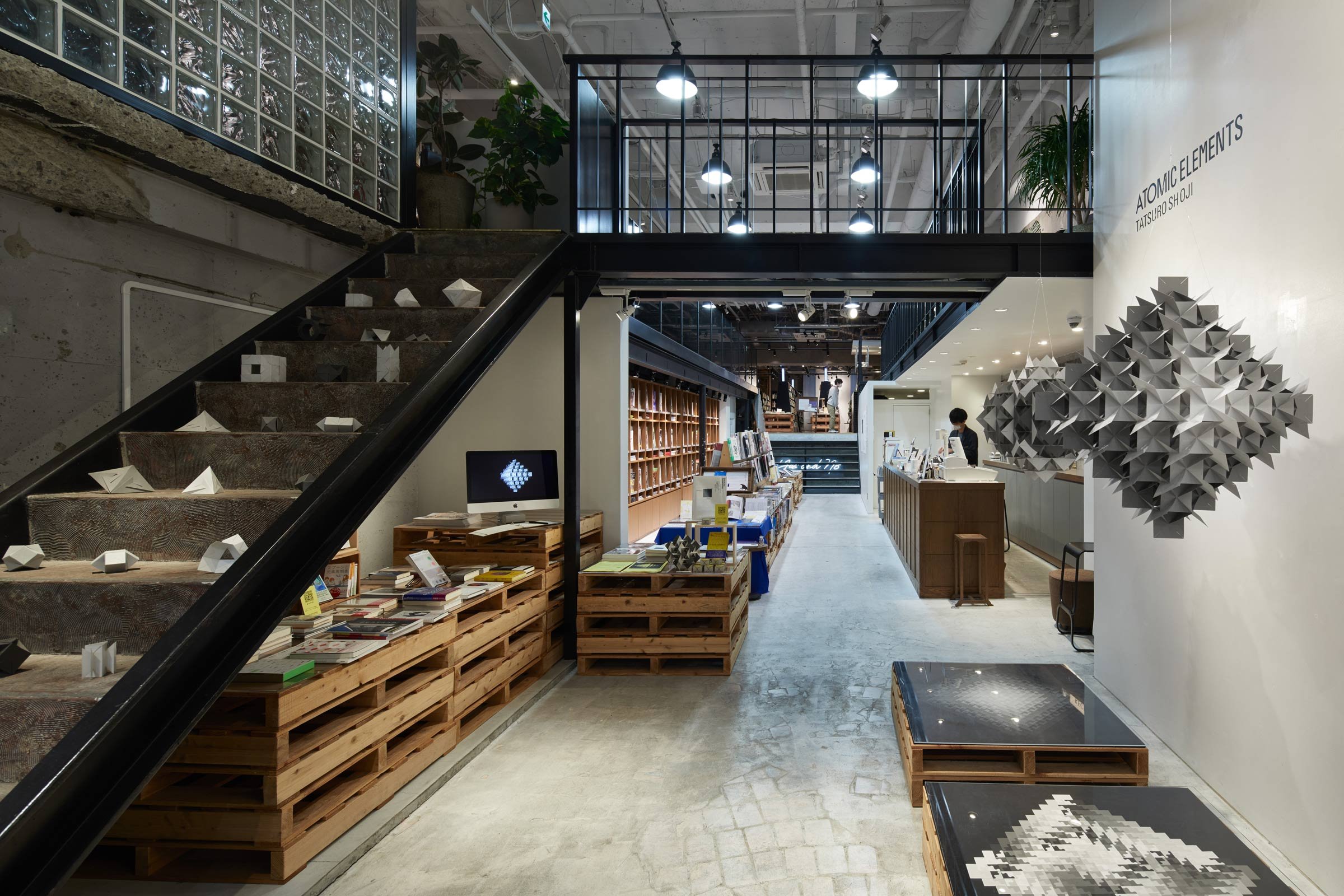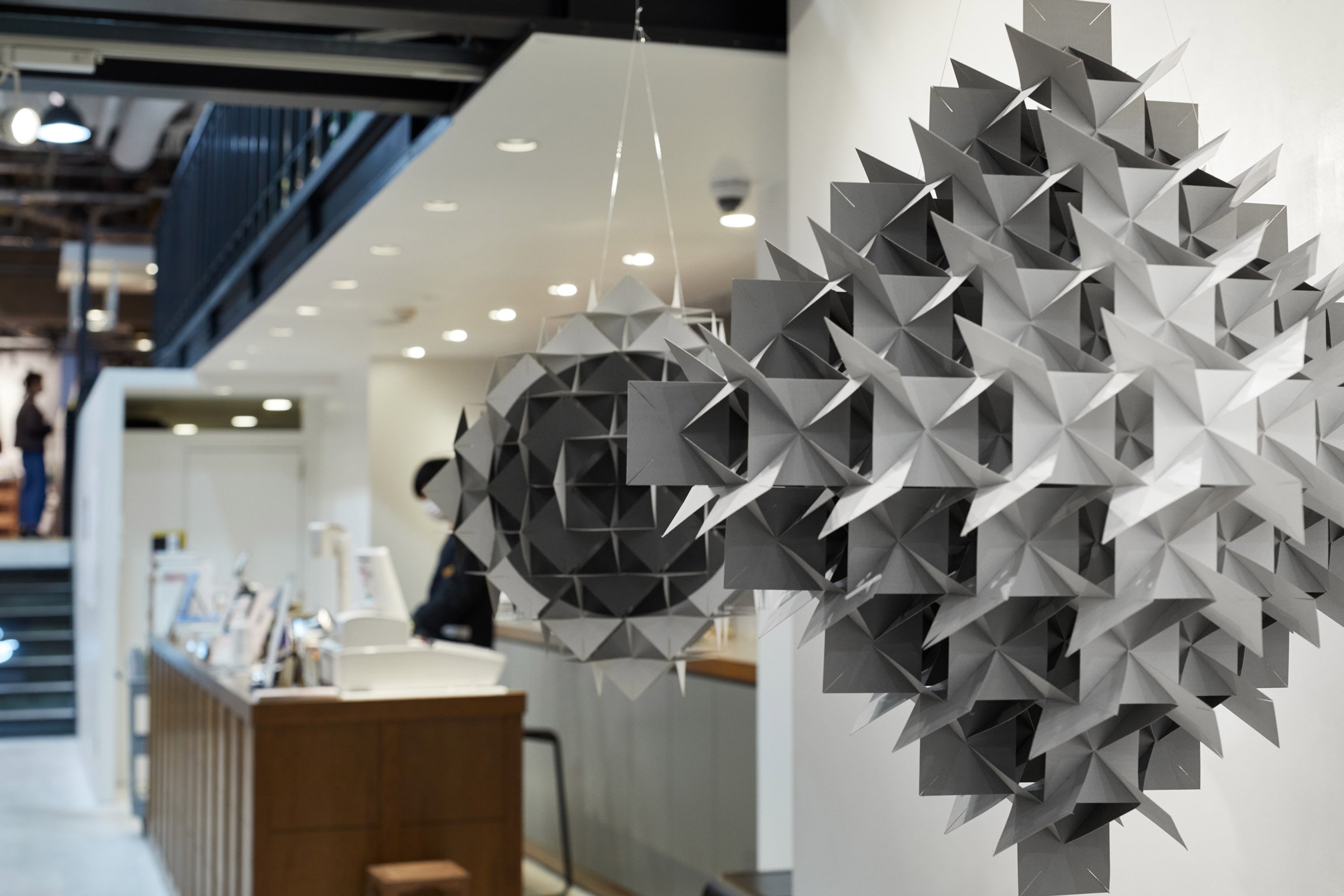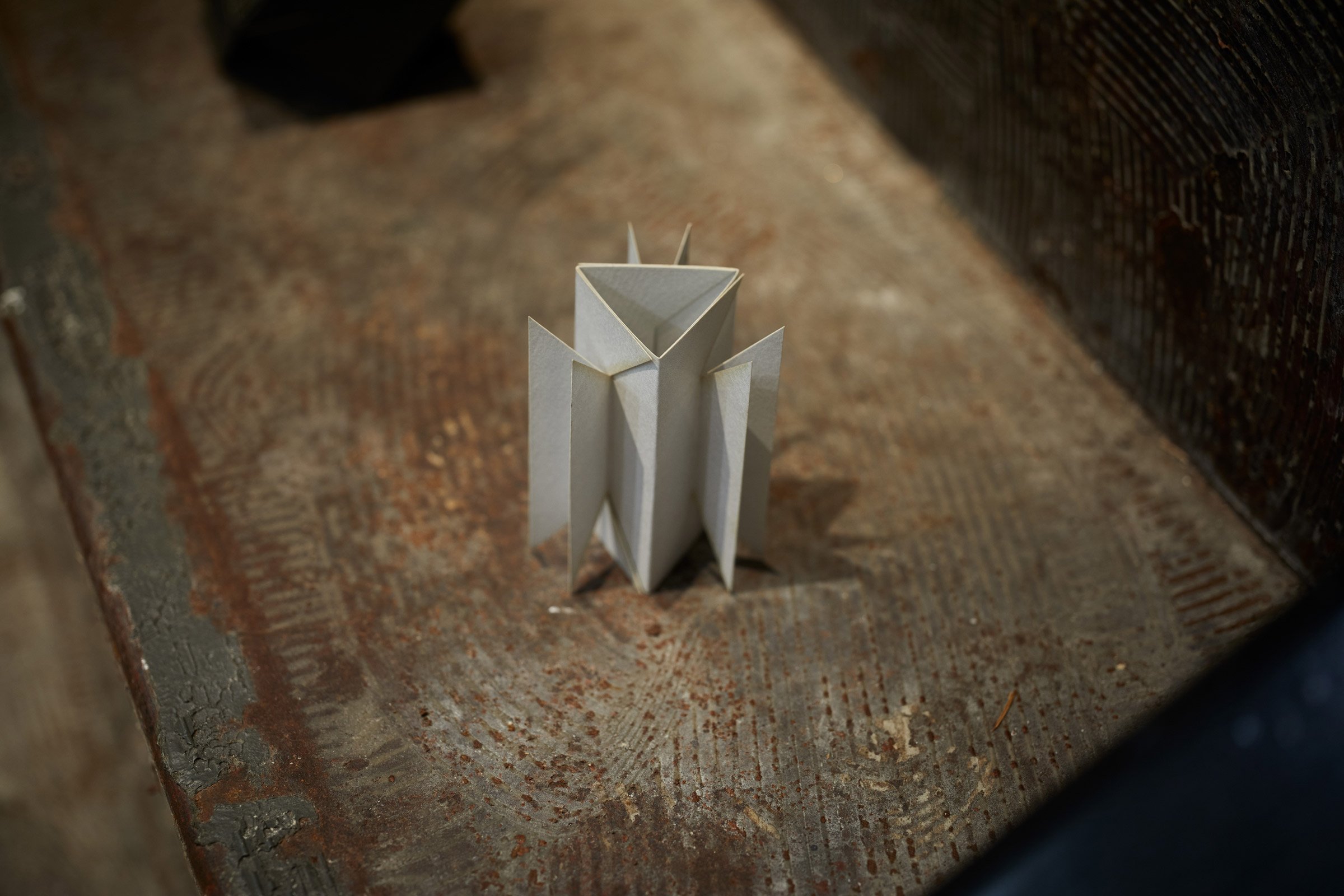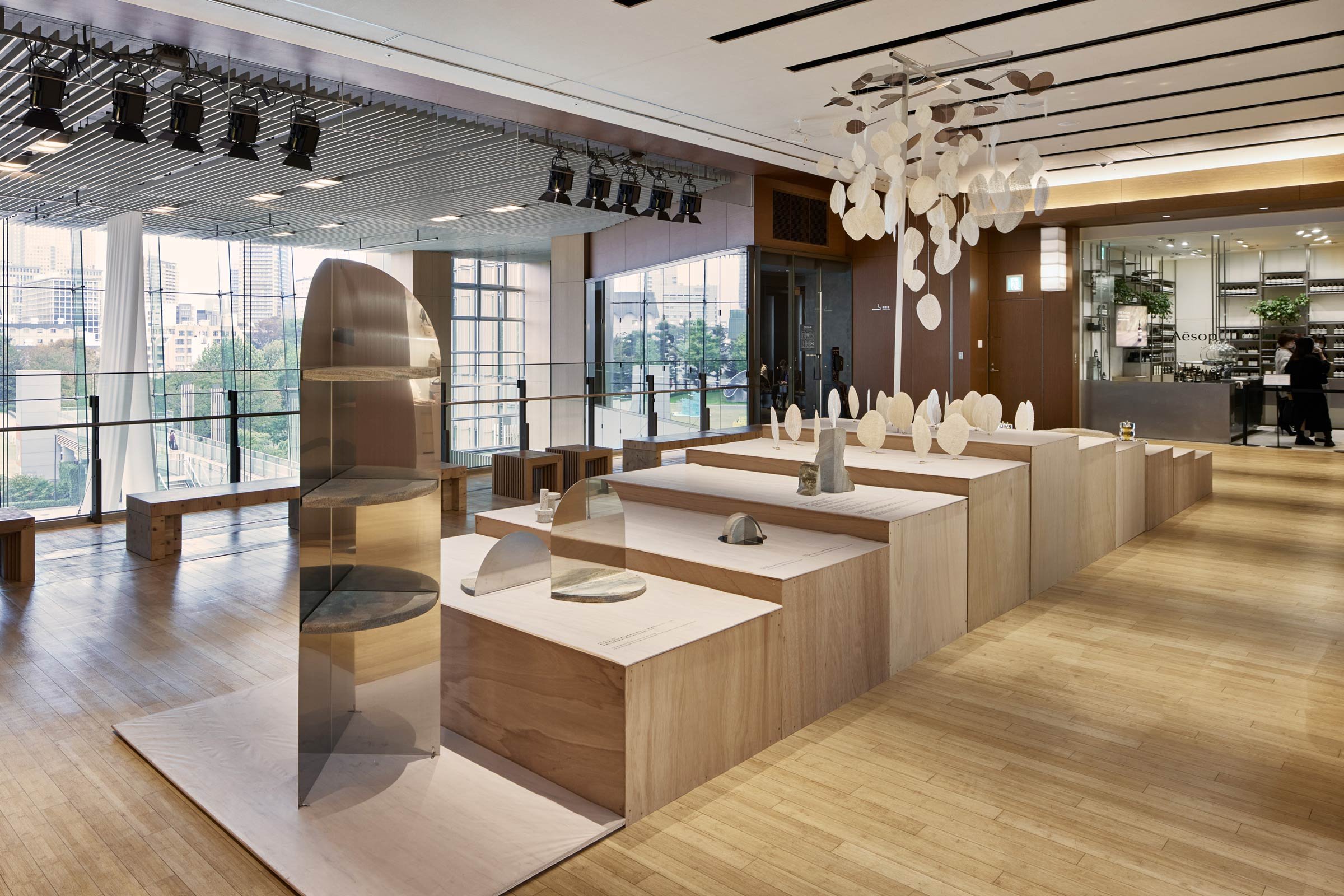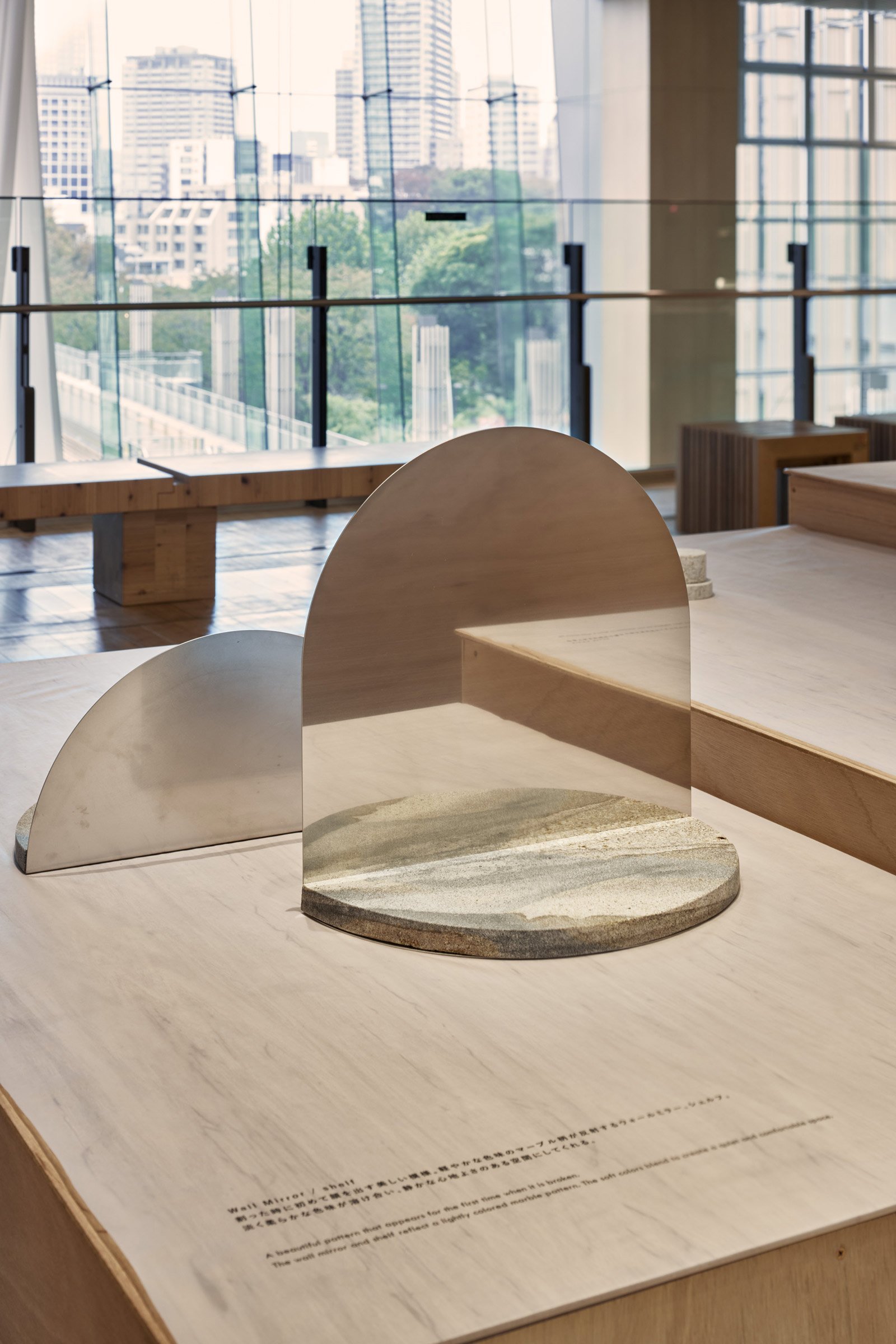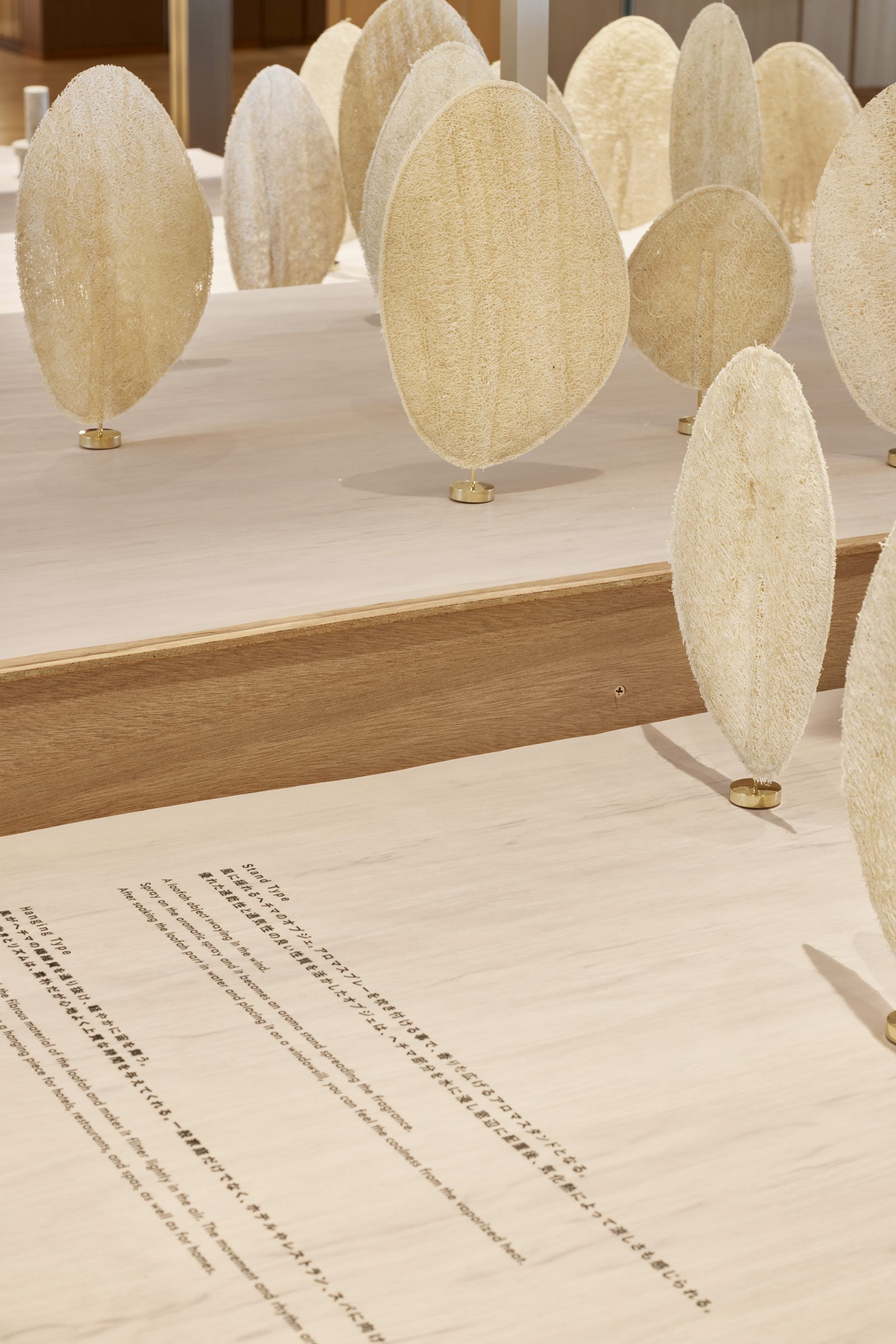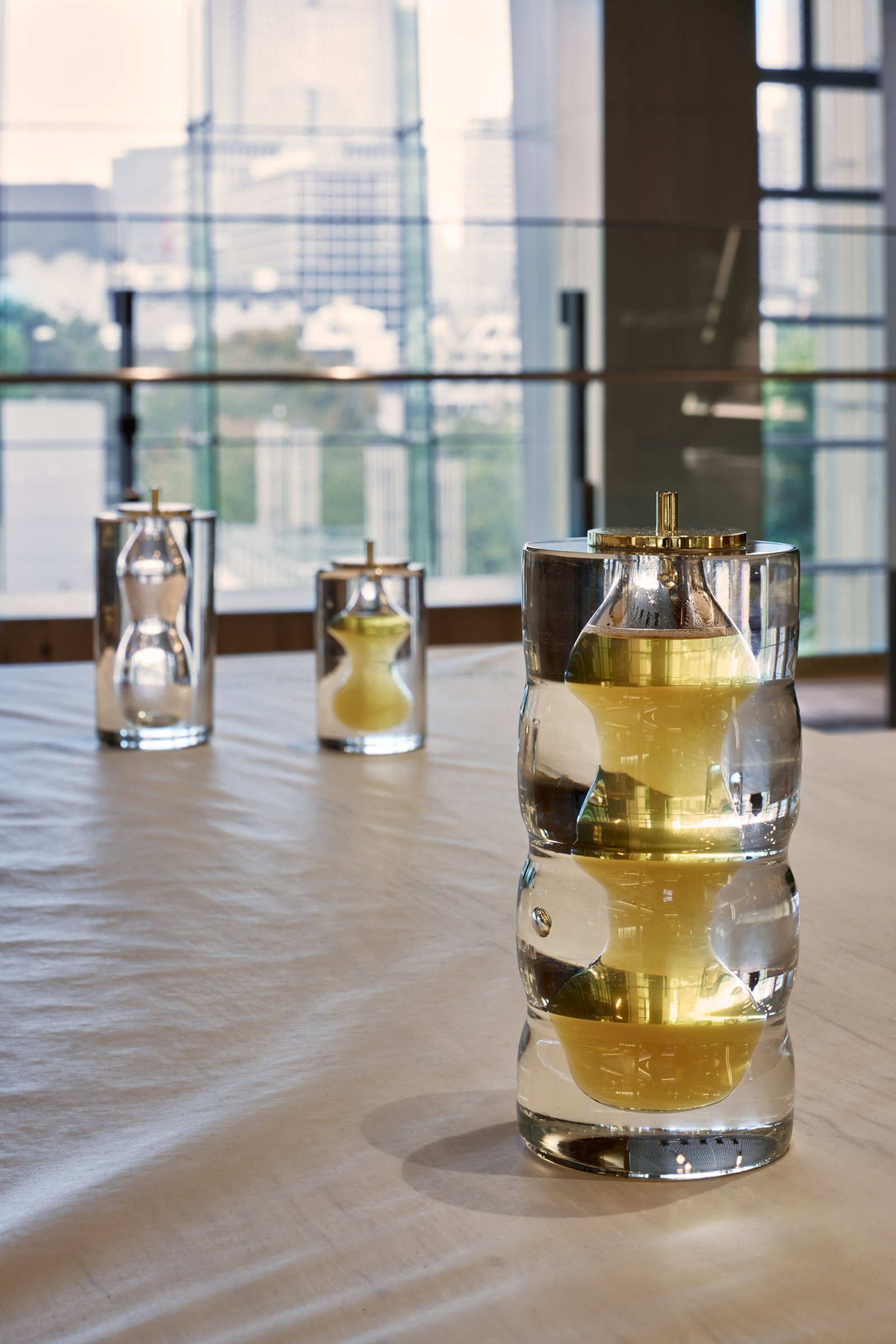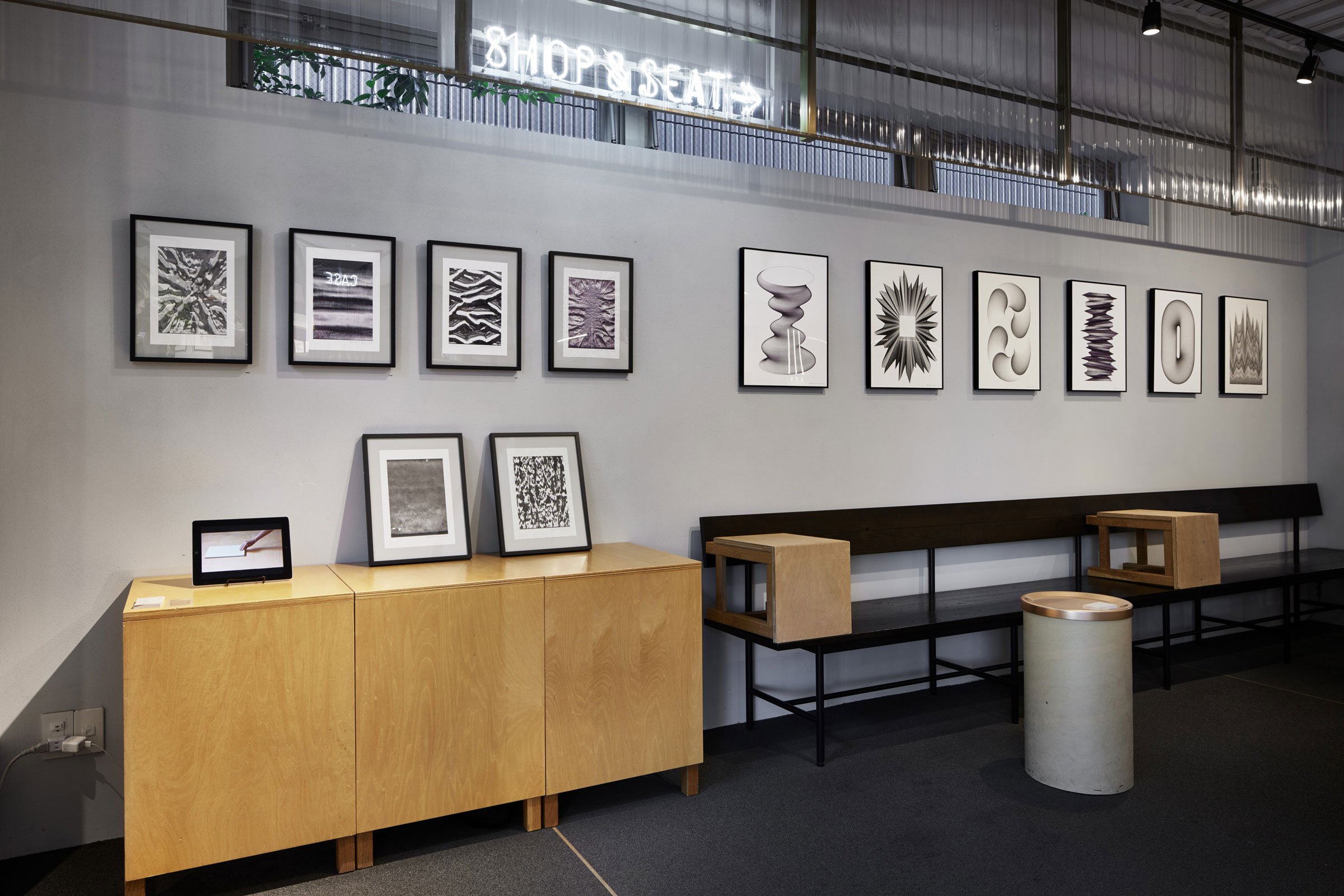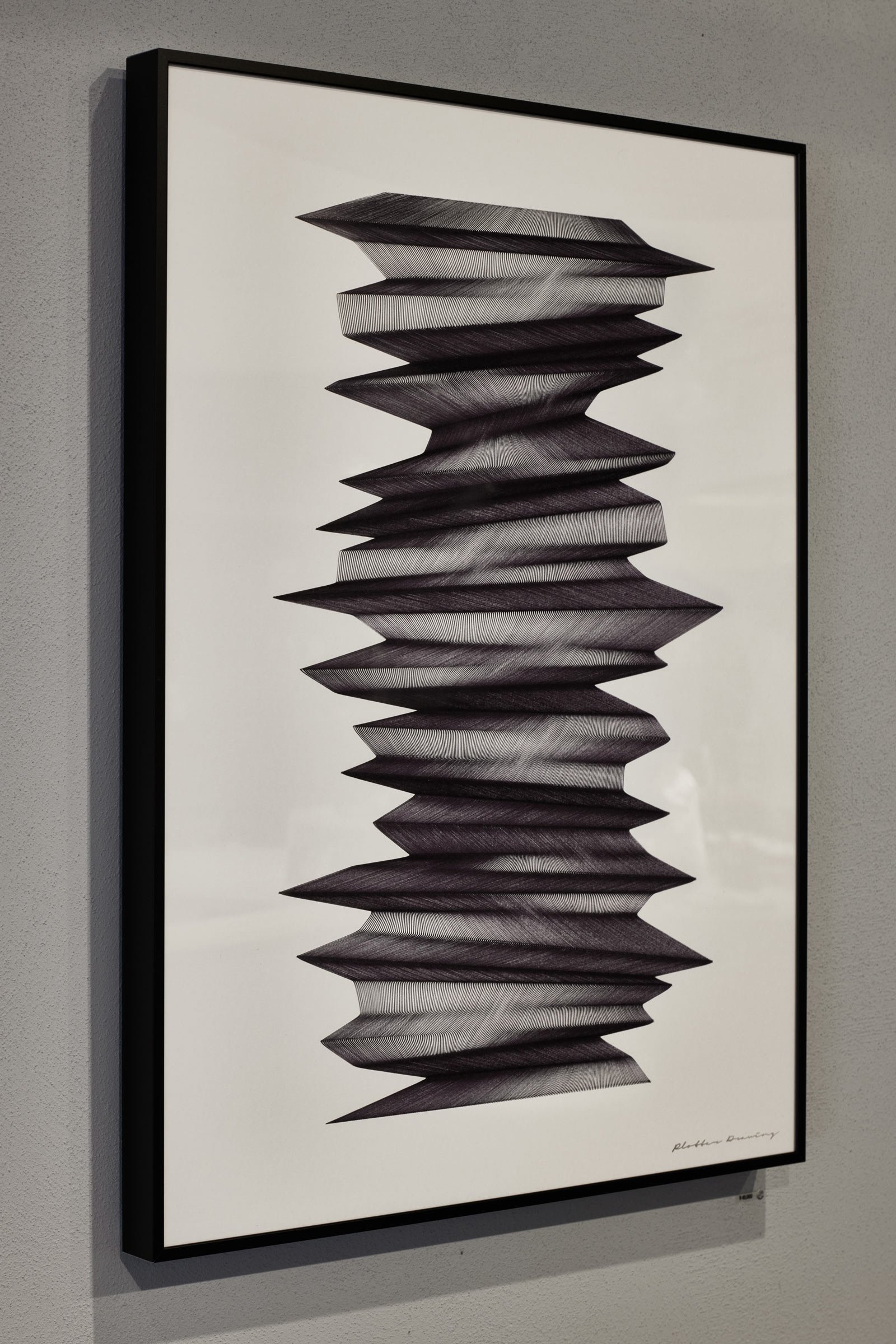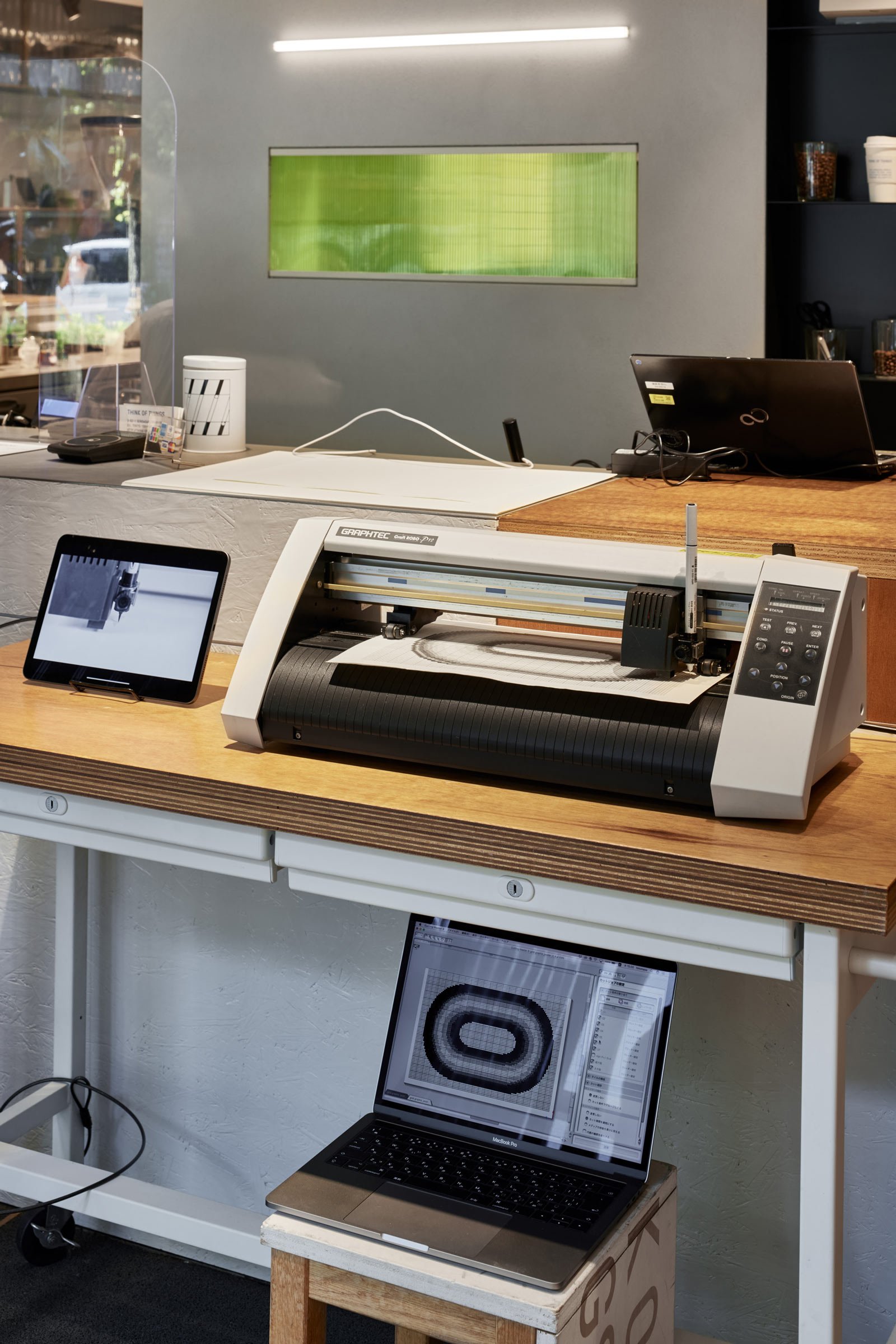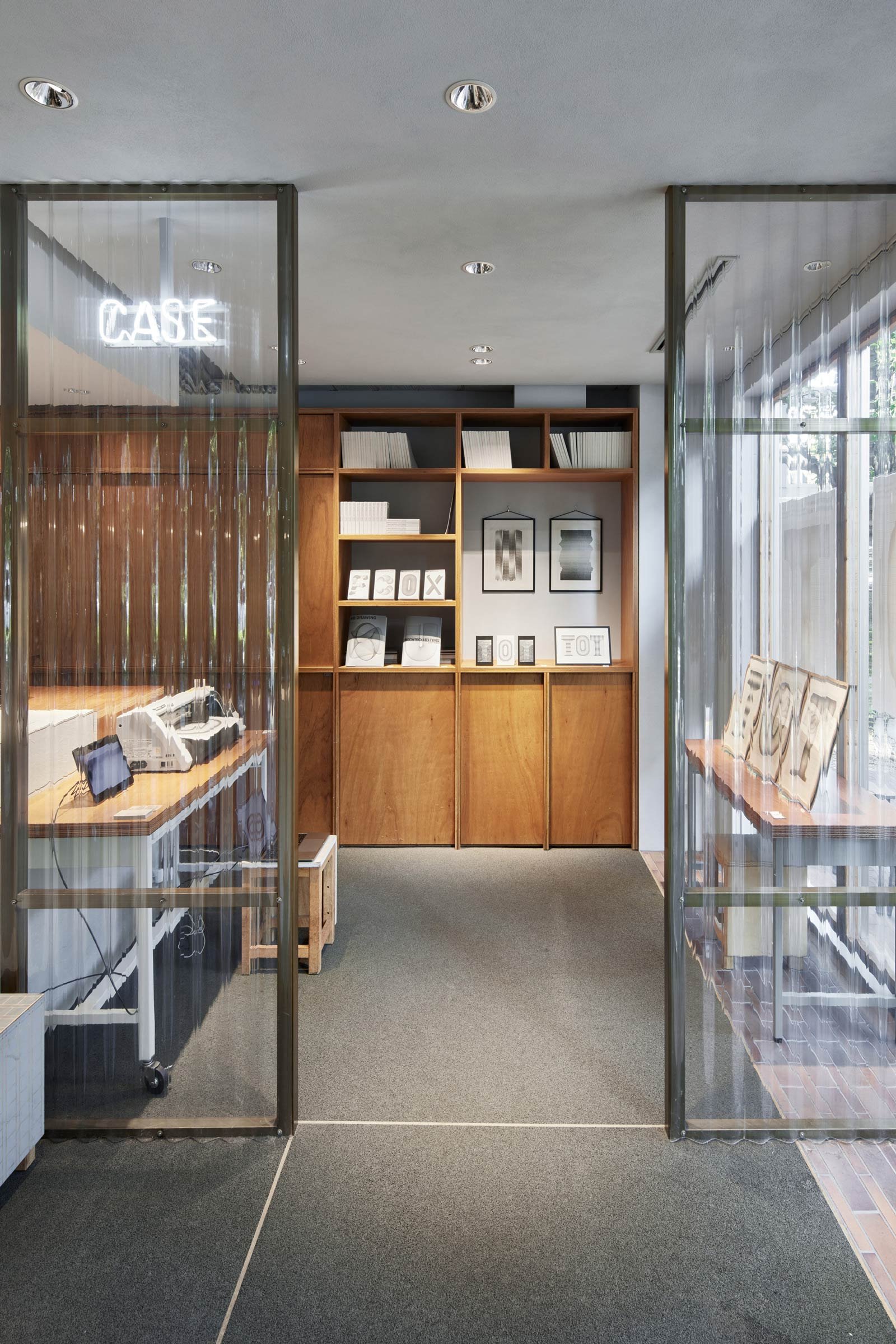DESIGNART Takes a Chance on New Talent
The theme of ‘chance’ inspired this year’s DESIGNART, Tokyo’s annual design and art festival, with more than 80 events across in neighbourhoods across the capital. We round up our highlights of the inspiring roll call of emerging talent
Say the word ‘chance’, and ideas of possibility, surprise, luck and opportunity may come to mind. It thus seems appropriate that ‘CHANCE!’ was chosen as the theme of this year’s DESIGNART, Tokyo’s annual design and art festival. This year’s event defied the odds and took place against a backdrop of declining COVID-19 rates, with states of emergency across Japan lifted just weeks earlier.
Ten days of exhibitions involving around 300 creatives took place from late October at 80-plus venues across nine Tokyo neighbourhoods — from Shibuya, Ebisu and Daikanyama to Ginza, Roppongi and Hiroo. One highlight was Kuradashi: the archetypes, a modern-day design market at World Kita-Aoyama Building that showcased prototypes by established and rising designers, all available to purchase (many pieces sold out instantly), from a square-formed sofa by Fumie Shibata to Teruhiro Yanagihara’s earthy samples of 1616 / arita ceramics.
Others events included the Flexform flagship’s colourful textile art installation by architect Kentaro Ishida alongside artworks curated by Maho Kubota Gallery; the raw textures of MULTISTANDARD’s inside-out wooden stools at 1-15-22 Apartment in Shibuya; and Cibone-Hay’s exhibits, including SENBAN by Jo Nagasaka, a sculptural exploration of a new circular type of lathe processing, and KNIT, a clean-flowing coat rack for HAY by Jin Kuramoto (who also curated Kuradashi).
DESIGNART co-founder Akio Aoki of Miru Design highlighted a ‘return to the essentials’. ‘I feel that it’s getting easier to find business opportunities for designers and artists who are willing to take on challenges, with many companies forced to change their business due to the pandemic,’ he says.
But perhaps the ultimate litmus test for Japan’s design world lies in the future, as reflected in the works of several emerging designers at smaller scale events across the capital. Here’s our pick of the best.
Atomic Elements by Tatsuro Shoji. Image copyright Nacasa & Partners
Oku by Kathleen Reilly
Simplicity, craft and poetry meet in Oku — a butter knife with a perpendicular blade that slots neatly into the edge of a wooden board, all lyrically wrapped in a poem. The work — showcased at Blue Bottle Coffee Roppongi Cafe — was created by Kathleen Reilly, a 27-year-old Scottish artist, metalworker and Royal College of Art graduate currently based in Tsubame-Sanjo in Niigata, an area famed for its metalwork. According to Reilly, Oku is inspired by traditional Japanese place setting and arrangement, its form allowing Western cutlery to interact with objects on the table, such as a chopping board or plate, in new ways. She’s been working with a cutlery factory in Tsubame city for over a year, with the goal of producing work that marries her ideas with the artisans’ skills.
Fruit Bowl by Sho Ota
‘Wood is not a uniform material,’ says Sho Ota, the Eindhoven-based Japanese designer whose explorations of all things wood hover quietly between the crafted and the primitive. One stand-out piece at Kuradashi was Fruit Bowl, a vessel cleanly sculpted from a single piece of wood, its smooth round surface interspersed with three angular branches, non-uniform organic remnants of the original tree it came from. A wider range of Ota’s work was exhibited nearby in jewellery brand januka’s gallery space, showcasing Lego-like formations of interlocked segments of beech, from floating shelves to sculptural stools. ‘The production process is like a dialogue with the material,’ adds the designer, who opened his studio in Eindhoven just three years ago.
Atomic Elements by Tatsuro Shoji
Graphically precise in form and moving serenely, the layered sculptures hanging from the ceiling rotate slowly, casting angular shadows on the wall just behind. Welcome to Atomic Elements, an experimental exploration of geometric forms and shifting perspectives by Tatsuro Shoji. Crafted from multiple segments of laser-cut paper, the concept behind the artworks is rooted in Shoji’s studies of Swiss-style 1960s typography — an evolution of his 2015 graduation project at Musashino Art University in Tokyo. ‘The experiment focuses on how to combine materials while observing their properties and the functions obtained from processing, and how to develop new shapes by reinterpreting the objects from multiple perspectives,’ he explains.
Blink by Atsushi Shindo
These are not typical supermarket-style jars of honey. Instead, a clutch of sculptural glass shapes, their reflective curves tapering thick and thin, contain a core of golden honey at their centre. ‘The idea of a honey jar, with its unique lustre, was born from the reflection and refraction of glass,’ explains Atsushi Shindo, who produced the pieces with Toyama-based glassware artist Shujiro Wada. ‘The honey jar, usually buried in everyday life, comes alive with the glow of life.’ The jars were among a string of eye-catching works in his Blink collection, shown at Tokyo Midtown. Juxtaposing sculptural curves and minimalist forms with natural textures, Shindo played with an array of materials to highlight the beauty of the everyday — from an installation of loofahs ‘dancing in the sky’ to Bookend, a circular piece made from Iwasaki stone and mirrored stainless steel.
Plotter Drawing by Hiromasa Fukaji
It takes a while for the eye to adjust not only to the intensely detailed technical aspects of Hiromasa Fukaji’s monochrome Plotter Drawings series, but also to recognise the potential irregularities. Carefully treading a line between the digitally programmed and the uncontrollably analogue, Fukaji created the artworks, which were showcased at Think of Things, by attaching paintbrushes, pencils or pens to a device that converts digital data into physical movements. The end result is an expressive array of intricate shapes and forms on paper, varying from the sharp-edged to the smoothly sculptural. But each drawing has near imperceptible irregularities, such as slight bleeding that may have been caused by friction or atmospheric pressure. Described by Fukaji as ‘accidents’, it is these subtle hints of imperfection that tie them all together.
Text / Danielle Demetriou


